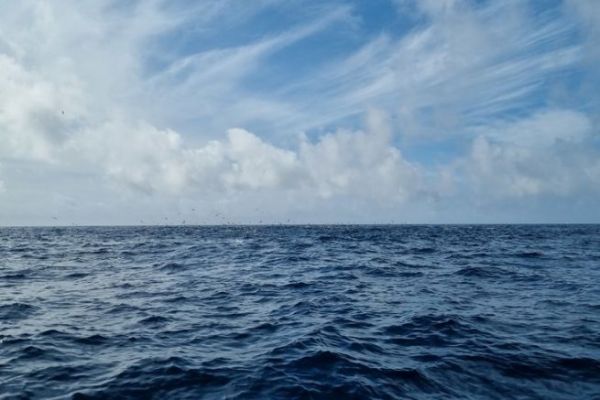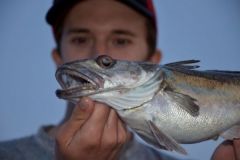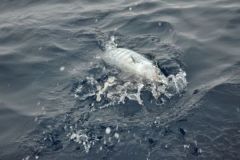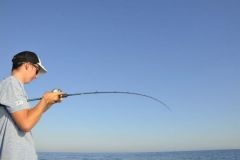The effects of upwelling in the Mediterranean
Sudden drop in water temperature on the coastâeuros¯: the sea can lose up to 4 to 10âeuros¯Â°C in a few dozen hours on certain beaches (for example, at La Ciotat, the water can drop from 28 to 13âeuros¯Â°C after an episode of mistral).
Ecological wealthâeuros¯: deep water brought to the surface is loaded with nutrients (nitrates, phosphates), stimulating the development of phytoplankton and, consequently, abundant fish, crustaceans and the entire food chain.
Temporary phenomenonâeuros¯: it generally lasts from a few hours to a few days, and is most noticeable between the Bouches-du-Rhône, the western Var and the Gulf of Lion, when continental winds blow for several days at a time.
Impact on fishingâeuros¯: this sudden change is surprising in summer, making fishing sometimes difficult. Species such as barracudas and tassergals, which can usually be caught on the surface, will descend into a warmer layer of water. As a general rule, fish are less inclined to feed during these periods.
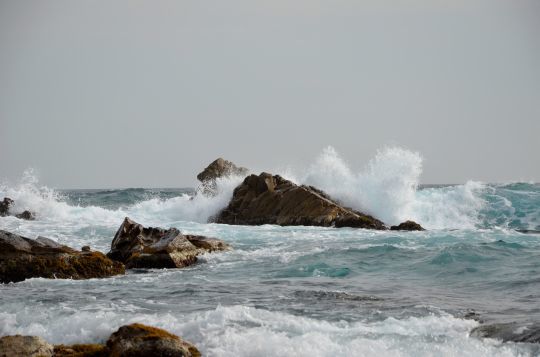
Summary of the mechanism
Onshore windâeuros¯ â surface water pushed out to seaâeuros¯ â upwelling of deep cold water to fill the voidâeuros¯ â net cooling and arrival of nutrients.
Although less pronounced than in the Atlantic or off the coast of Africa, upwelling nevertheless plays an important role in the ecological functioning of the Mediterranean coast and in the resilience of its ecosystems to global warming.
The phenomenon of upwelling in the Mediterranean has major effects on fishing and the marine ecosystem, due to the upwelling of deep, cold, nutrient-rich water, which favors biological productivity.
Direct effects on the marine ecosystem
The sudden influx of nutrients induces an explosion of phytoplankton at the surface, which forms the basis of the marine food chain. This stimulates the growth of zooplankton, small fish (anchovies, sardines, mackerel) and their predators (tuna, marine mammals, birds).
This rapid fertilization increases biomass and diversity in these areas during the upwelling episode.
In the long term, upwelling helps to maintain a productive and resilient ecosystem, even if in the Mediterranean the phenomenon remains punctual and localized (particularly on the western coast during violent continental winds).
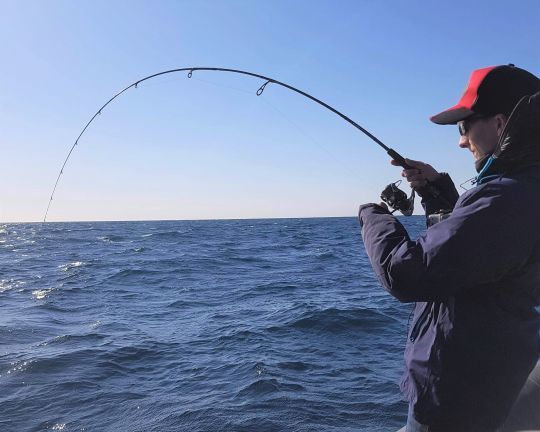
Consequences for fishing
Periods of upwelling coincide with phases of great abundance of forage fish, which favors pelagic fishing.
Fish yields are higher than average, and the fishing of certain pelagic fish (sardines, anchovies) is particularly fruitful, as these species then serve as food for large predators.
However, this abundance is temporary; outside the upwelling phase, pelagic fish will be harder to find near the coasts when water temperatures rise considerably in the summer.
Risks or imbalances
If nutrient inputs are too excessive, there is a risk of eutrophication and deoxygenation of the water near the bottom, which is detrimental to benthic fauna.

 /
/ 